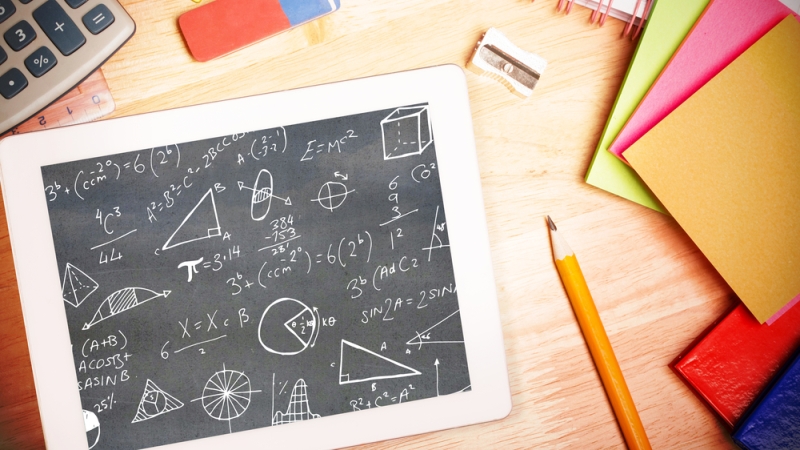
Students in completely virtual schools score lower on math exams than students in traditional schools, said Mickey Revenaugh, director of New School Models and co-founder of Connections Education at Pearson, in a podcast with Pearson.
Revenaugh said that this might have to do with the lack of practice time that students have built into virtual math curricula.
“What that creates is a wonderful opportunity to build in lots more teacher support and lots more practice opportunities that are engaging for students,” Revenaugh said.
Students in virtual schools tend to score higher on reading exams than traditional school students and both types of students score about the same on Advanced Placement exams.
Revenaugh said that the research on digital learning tends to lag behind the current classroom landscape, so this result could have changed recently.
Revenaugh said that around 2004, online learning emerged only to serve populations of students that weren’t benefiting from a traditional classroom setting, such as those who moved frequently, those who were credit deficient for graduation, or students who progressed at a much quicker pace than their classmates.
In 2008, blended courses began to take the elements of virtual classes and combine them with some face-to-face support from teachers.
“What we see now is really every student can benefit from digital learning,” Revenaugh said. “The beauty of it all is that we can technically–as long as we have the political will–make sure that every student has the range of what it is that they need to be successful.”
Revenaugh said that in the future, every student will have some exposure to digital learning.
“All those dividing lines that we used to have between what was an online course and what was a blended experience are starting to blur quite a bit,” Revenaugh said.
Digital learning is a progression of personalized learning, according to Revenaugh.
Teachers said they get to know their students better in digital and blended learning environments because they don’t have to read a classroom of facial expressions to get a sense of who understands the concepts.
“They know minute by minute, who is engaged and who is getting it,” Revenaugh said.
The growth of digital learning has been driven by mobile technology. Revenaugh said that a traveler from the future could visit a classroom in the United States and not be sure whether it was from the 1940s, 1960s, or 2000s, whereas the world outside the classroom looks much different.
“Young people don’t discriminate against the size of the screen,” Revenaugh said.
Teachers could develop mobile content that will be attractive to students based on convenience and the ability to reach out for support at any time.
Blended learning changes the structure of the traditional classroom to focus on the individual student. One day, students could be spending time with the teacher to go over a topic they’re struggling with and the next day they could be working independently.
“Every day is a little bit different,” Revenaugh said. “It’s much more tailored to how you learn as a learner.”
